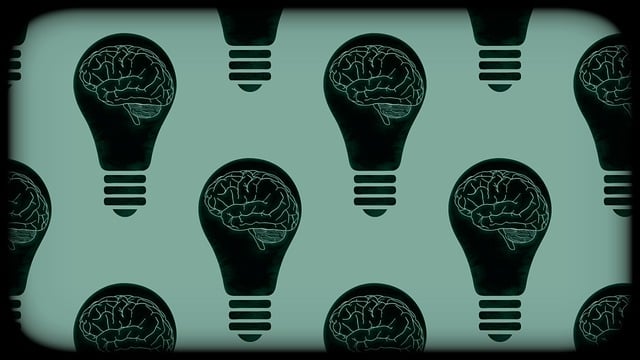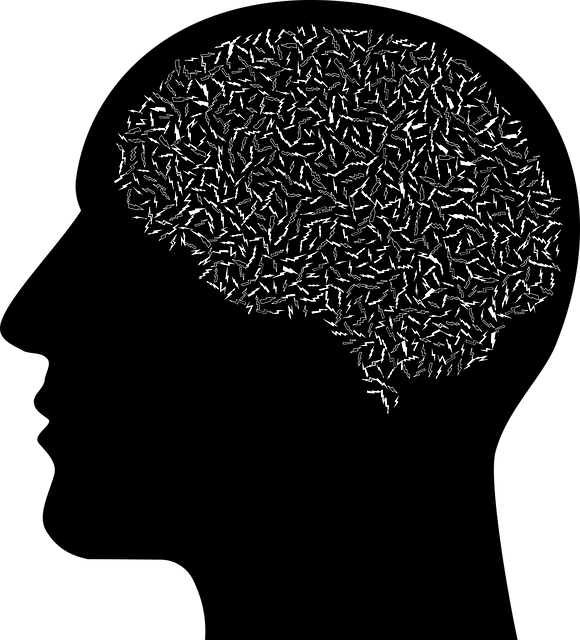Drug abuse among children and adolescents is a pressing issue demanding urgent attention. Early identification, targeted therapy focusing on self-awareness and conflict resolution, and burnout prevention for healthcare providers are vital to addressing this crisis. Key target audiences for public awareness campaigns include parents, caregivers, educators, and diverse communities, with cultural sensitivity being paramount. Effective messaging emphasizes early intervention benefits, uses relatable language, and leverages various media channels like social media and streaming services. Campaign success is measured through robust evaluation methods beyond reach metrics, including knowledge, attitude, behavior changes, and long-term impacts on mental health and therapy referrals.
Public awareness campaigns play a pivotal role in tackling drug abuse, especially among vulnerable children. This article explores strategies to develop impactful initiatives focusing on substance abuse prevention and therapy for children. We delve into understanding the profound effects of drug abuse on youth development, identifying target audiences, crafting compelling messages, and selecting optimal media channels. Additionally, we provide guidelines for measuring campaign success and evaluating its impact, ensuring responsible and effective awareness dissemination.
- Understanding the Impact of Drug Abuse on Children
- Identifying Key Target Audiences for Awareness Campaigns
- Designing Effective Messaging and Communication Strategies
- Choosing Suitable Media Channels and Platforms
- Measuring Success and Evaluating Impact: Best Practices
Understanding the Impact of Drug Abuse on Children

Drug abuse among children and adolescents is a growing concern that demands immediate attention and intervention. The impact of substance abuse on young minds can be profound and long-lasting, affecting their cognitive development, mental health, and overall well-being. Children exposed to drug abuse may struggle with self-regulation, leading to behavioral issues at home and school. This can result in a vicious cycle of increased stress and potential burnout for healthcare providers treating these individuals.
Early identification and therapy for children struggling with drug abuse are crucial. Self-awareness exercises and conflict resolution techniques can empower them to manage their emotions and relationships. Burnout prevention strategies for healthcare providers are equally vital to ensure they can effectively support and guide these young patients towards recovery. By addressing the root causes and providing comprehensive care, we can break the cycle of substance abuse and foster healthier, happier futures for affected children.
Identifying Key Target Audiences for Awareness Campaigns

Identifying key target audiences is a critical step in designing effective public awareness campaigns for issues like drug abuse among children. This process involves careful consideration of demographic, psychological, and socio-cultural factors to ensure messaging resonates with those most at-risk or able to influence change. For instance, when addressing therapy for children struggling with substance abuse, campaigners should target parents, caregivers, and educators as primary audiences. These individuals can play a pivotal role in recognizing signs of drug abuse and connecting affected children with appropriate support systems.
Cultural sensitivity in mental healthcare practice is essential here. Recognizing the diverse cultural backgrounds of communities and tailoring awareness strategies accordingly ensures that messages are accessible and relevant. Community outreach program implementation, including peer support groups and educational workshops, can foster empathy building strategies among these key audiences. By engaging and empowering them, public awareness campaigns can create a ripple effect, leading to greater understanding and, ultimately, reduced drug abuse rates in children.
Designing Effective Messaging and Communication Strategies

Designing effective messaging is a cornerstone of successful public awareness campaigns. When addressing sensitive issues like therapy for children struggling with drug abuse or substance use disorders, it’s crucial to communicate in a way that is both empathetic and engaging. This involves understanding your target audience—in this case, parents, caregivers, and communities affected by these challenges. Tailoring your message to address their specific concerns and needs can significantly enhance the impact of your campaign. For instance, focusing on the benefits of early intervention for mental wellness coaching programs development can reduce stigma associated with mental illness while also emphasizing prevention strategies like depression prevention initiatives.
Using simple, yet compelling language that resonates with your audience is essential. Incorporating personal stories or testimonials from individuals who have overcome similar struggles through therapy can humanize the issue and foster a sense of understanding and empathy. Additionally, leveraging various communication channels—social media, community events, educational platforms, and partnerships with influential organizations—ensures that your message reaches a broader spectrum of people. By integrating these strategies, public awareness campaigns can effectively dispel misconceptions, encourage support, and ultimately drive positive change in the fight against drug abuse while promoting mental wellness coaching programs development and stigma reduction efforts.
Choosing Suitable Media Channels and Platforms

When developing public awareness campaigns for issues like therapy for children with drug abuse or substance abuse, selecting the right media channels is paramount. The choice should be guided by understanding your target audience and where they are most likely to engage with content. For instance, while traditional media like television and radio remain influential, especially among older demographics, younger audiences tend to consume information through social media platforms, online forums, and streaming services. Leveraging these digital channels can significantly enhance campaign reach and impact.
Incorporating Mindfulness Meditation and Mental Wellness Coaching Programs Development strategies within these campaigns is beneficial. Social media, for example, allows for sharing relatable content that promotes mental health awareness, while online forums facilitate open discussions about therapy options for children affected by drug abuse. Additionally, Mental Health Policy Analysis and Advocacy can be integrated by encouraging community engagement in policy debates related to substance abuse treatment accessibility and quality.
Measuring Success and Evaluating Impact: Best Practices

Measuring the success and impact of public awareness campaigns is paramount to understanding their effectiveness in addressing societal issues like drug abuse among children. Best practices involve employing robust evaluation methodologies that go beyond simple reach metrics. By assessing changes in knowledge, attitudes, and behaviors, campaign organizers can gauge whether participants are inspired to make positive shifts. For instance, pre- and post-campaign surveys can be used to track improvements in self-esteem or depression prevention skills among targeted audiences.
Additionally, long-term follow-up studies can reveal the longevity of learned conflict resolution techniques. These evaluations should also consider indirect impacts, such as increased referrals to therapy for children struggling with substance abuse. By adopting these best practices, awareness campaigns can move beyond immediate impressions and demonstrate their true potential in fostering lasting behavioral changes.
Public awareness campaigns play a pivotal role in addressing drug abuse among children by educating communities, dispel myths, and encourage early intervention. By understanding the impact of substance abuse on young minds, identifying specific target audiences, crafting compelling messages, and utilizing the right media channels, we can significantly reduce its prevalence. Measuring success through rigorous evaluation ensures that our efforts translate into tangible improvements in child well-being, ultimately fostering healthier environments and brighter futures for those at risk. Therapy for children affected by drug abuse remains a crucial component of these campaigns, offering much-needed support and guidance.














